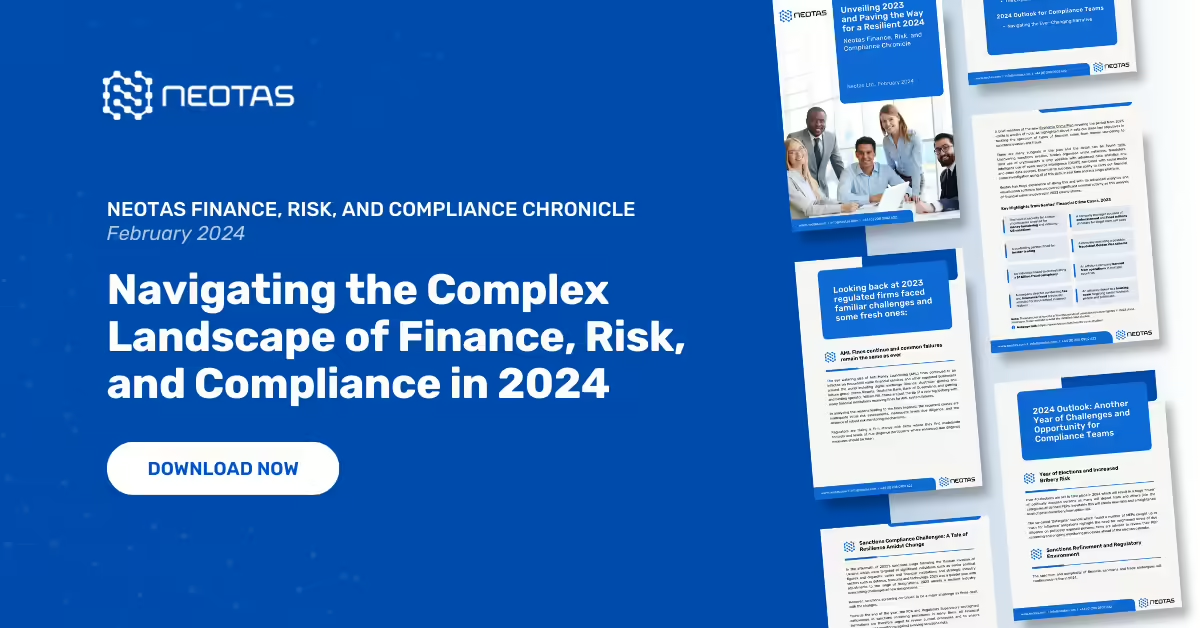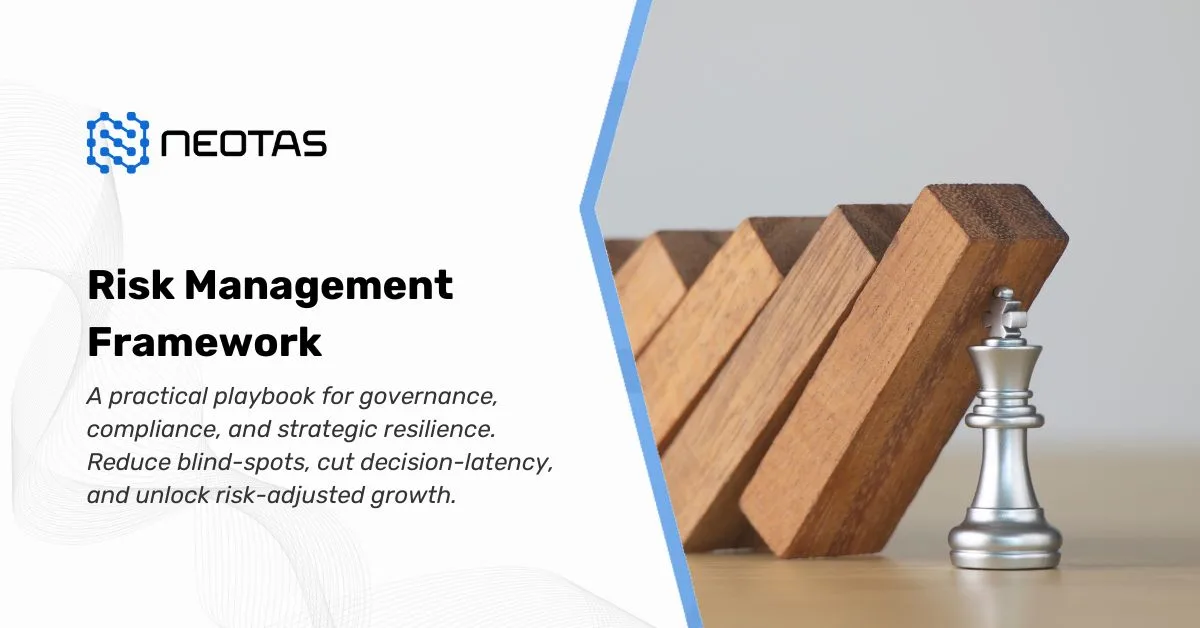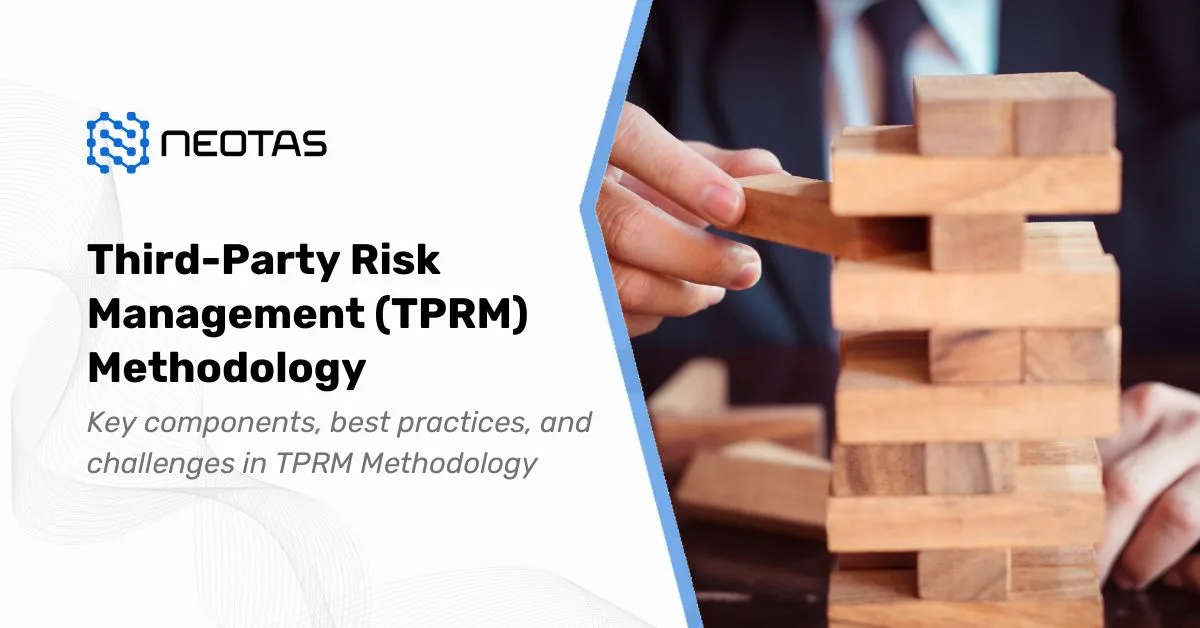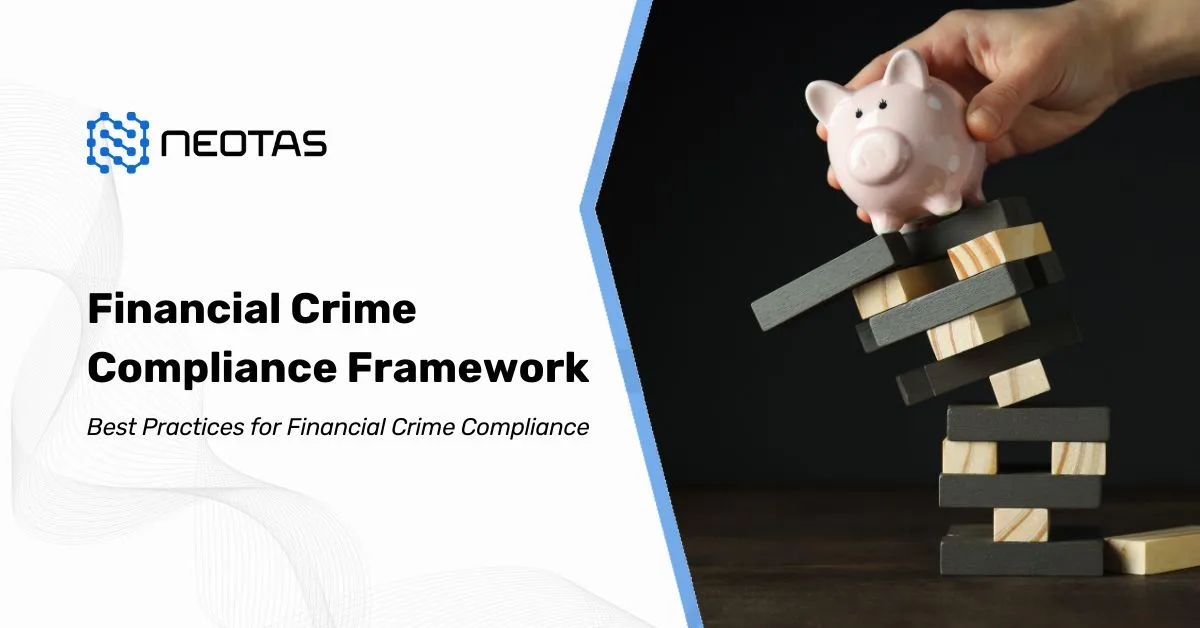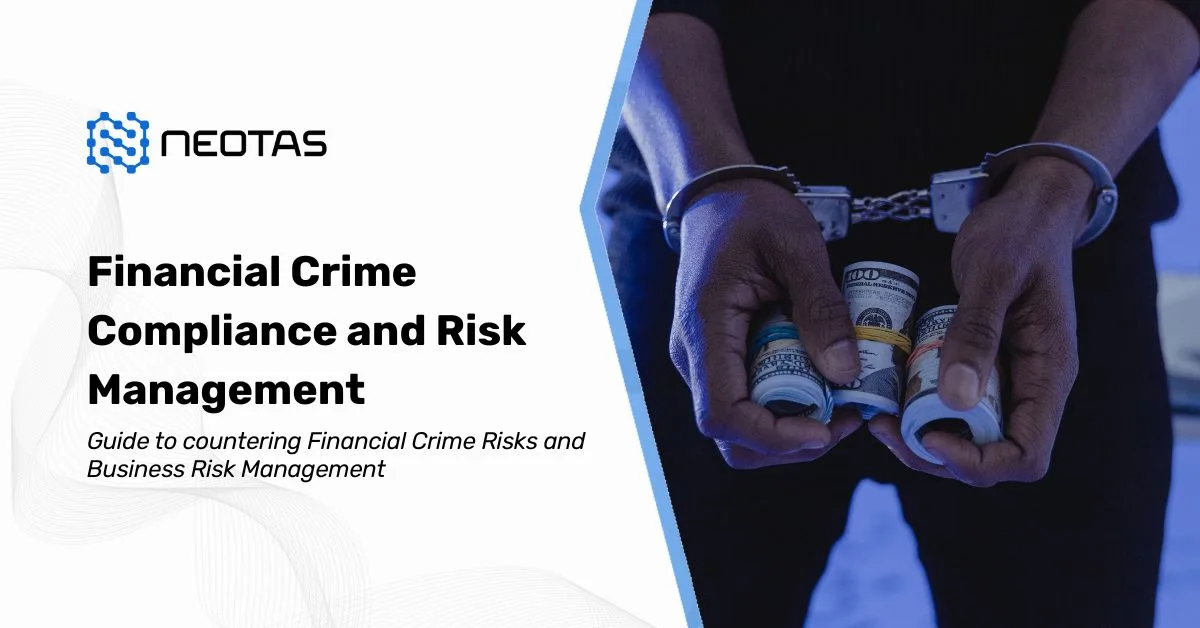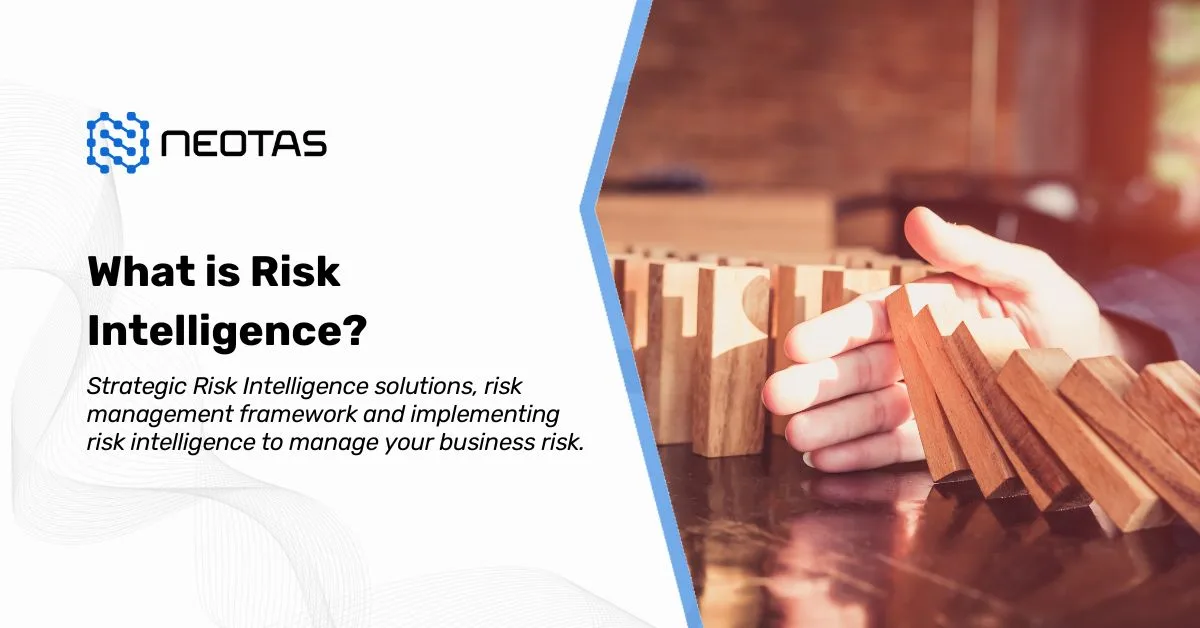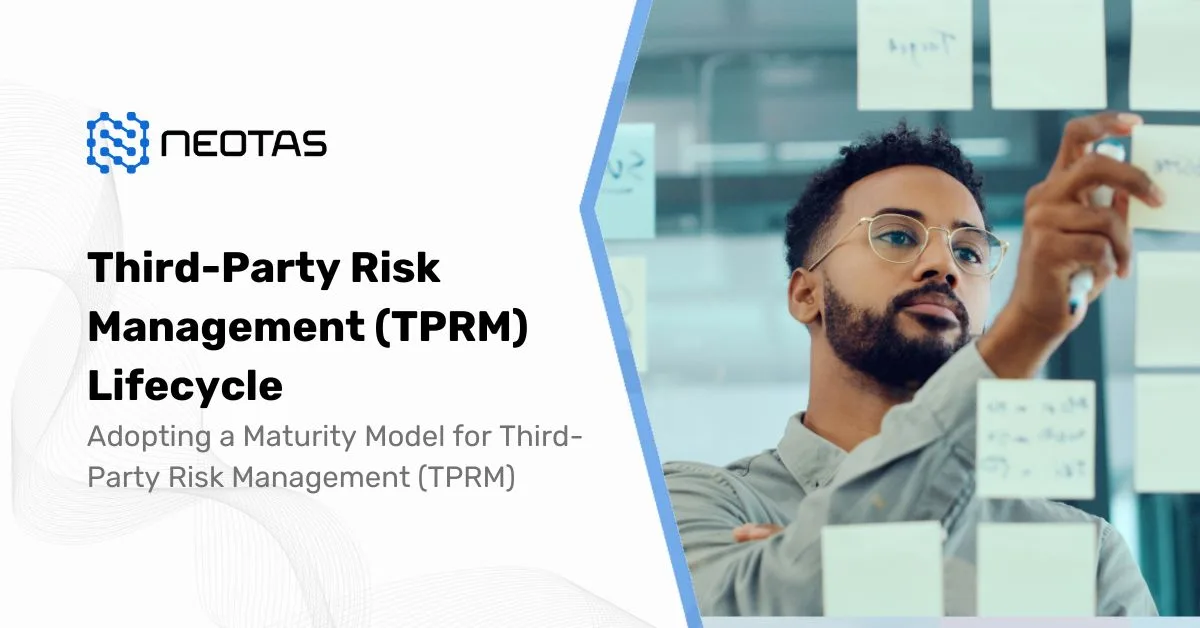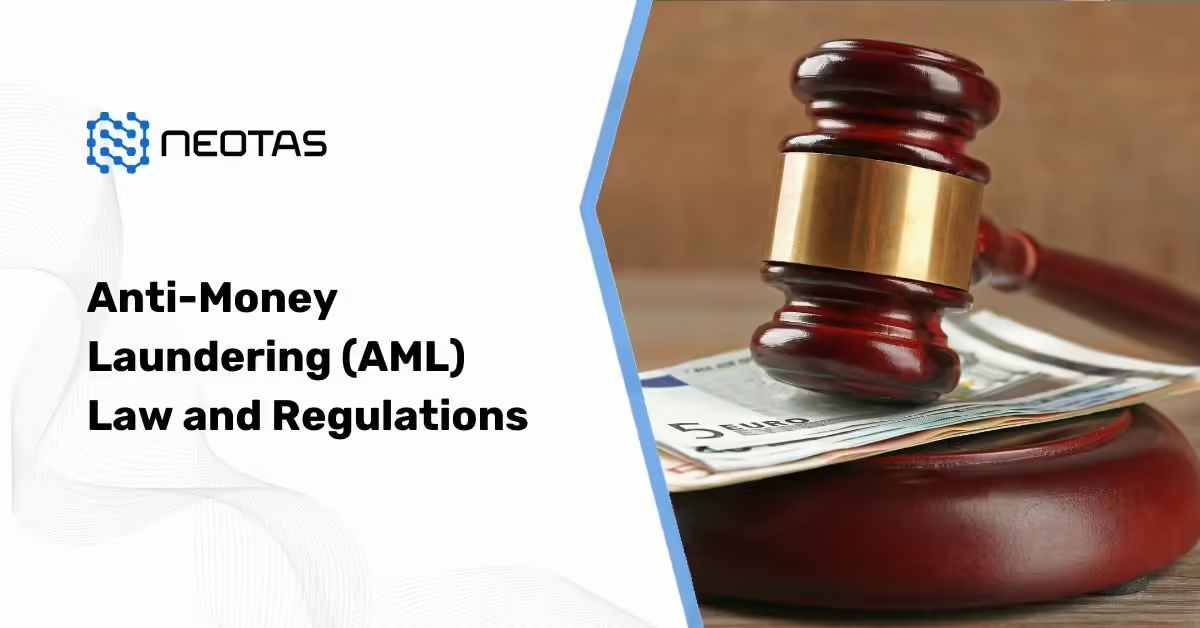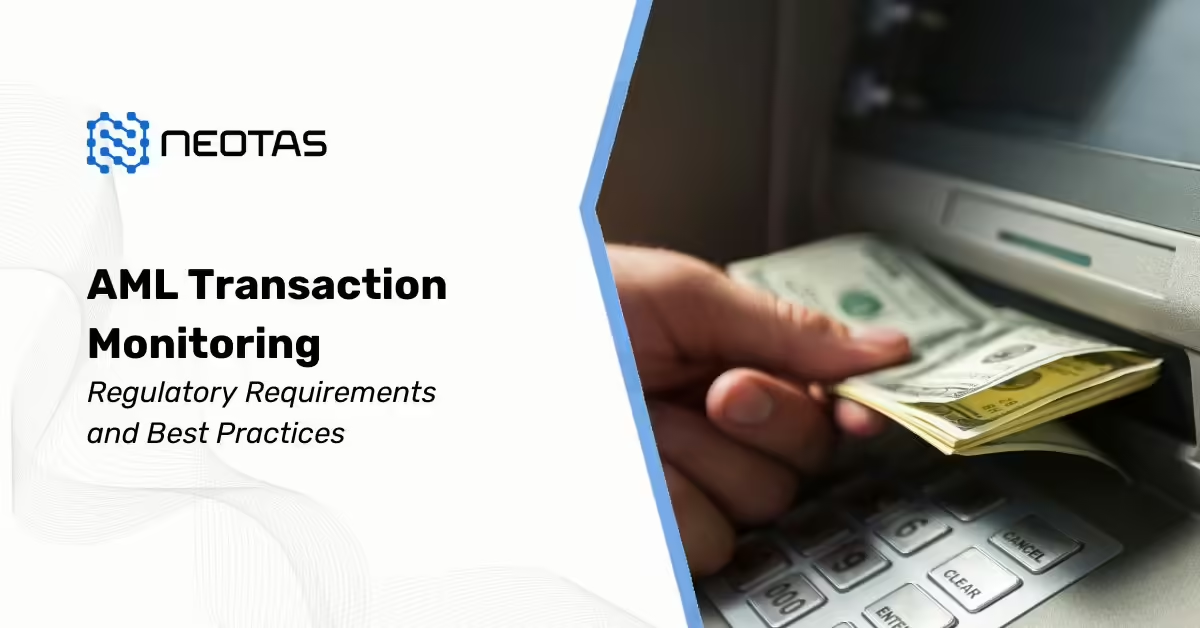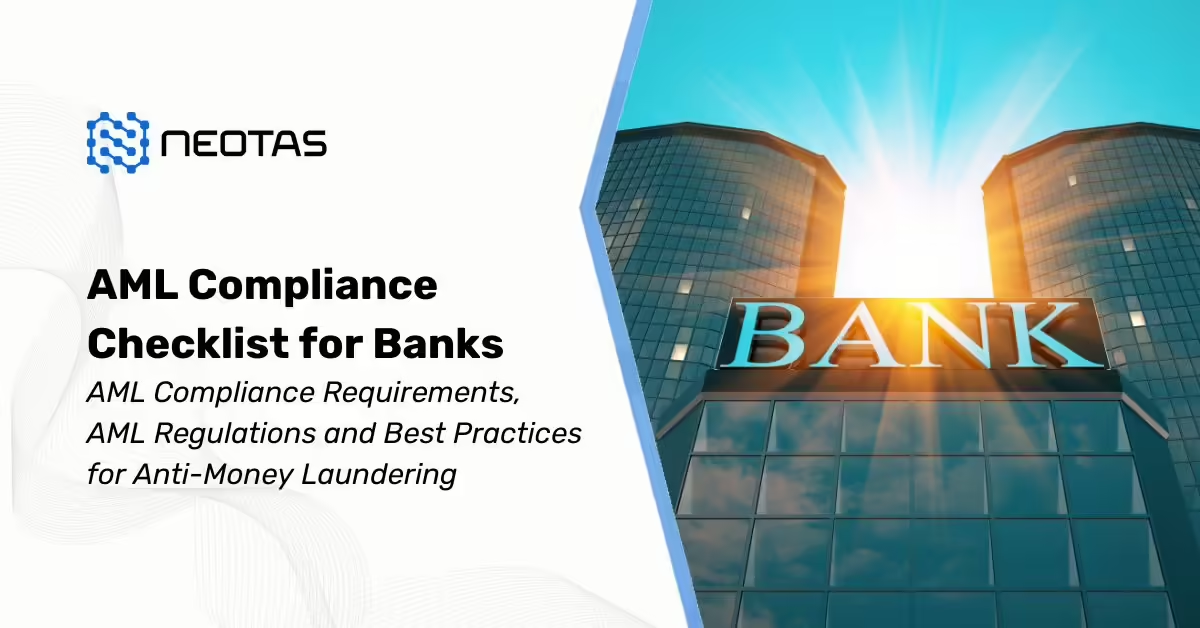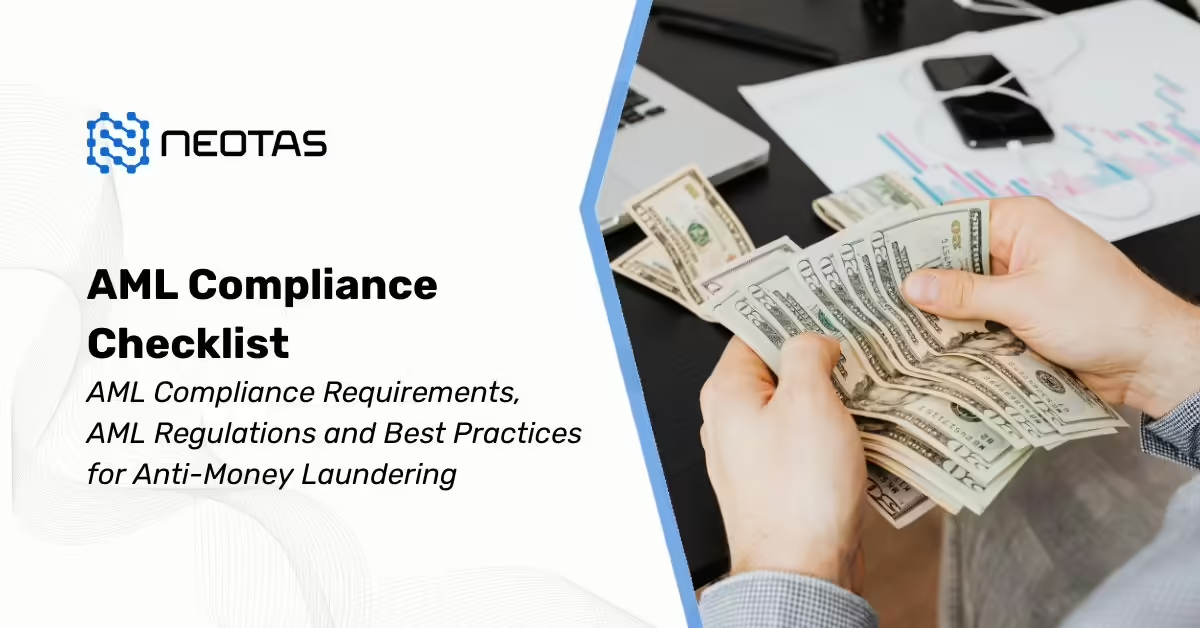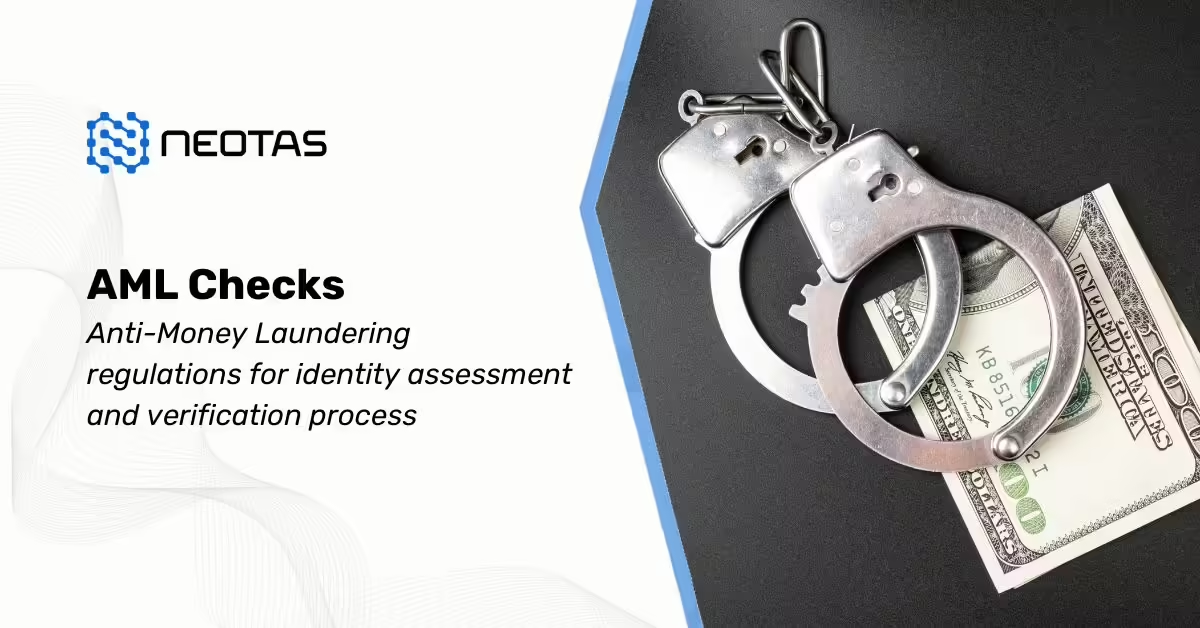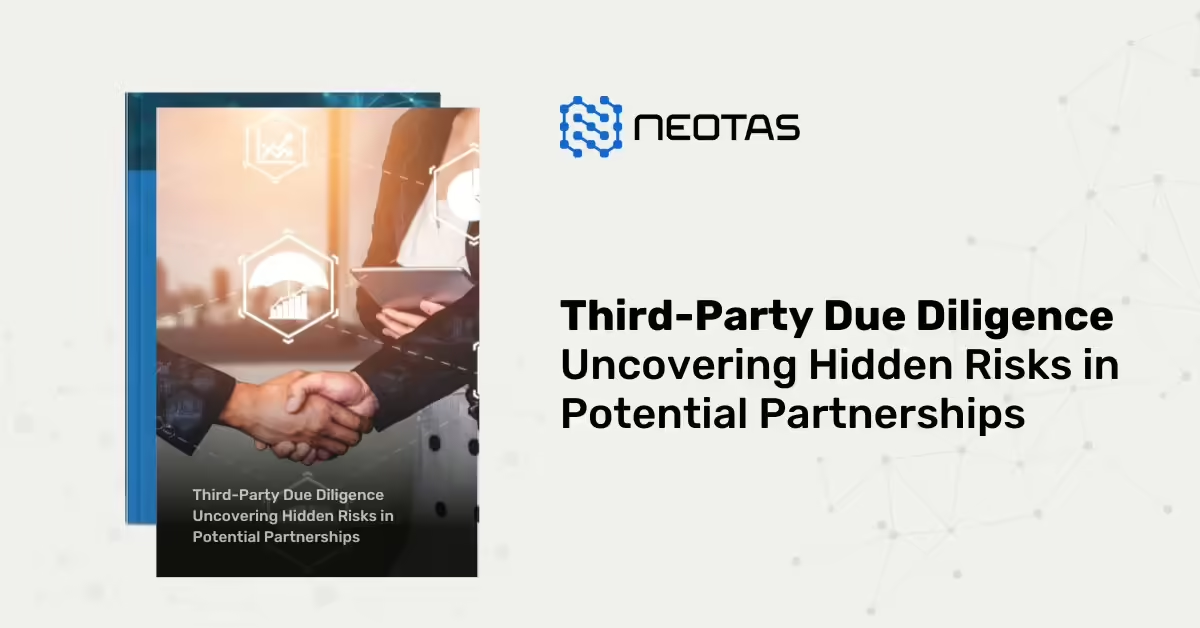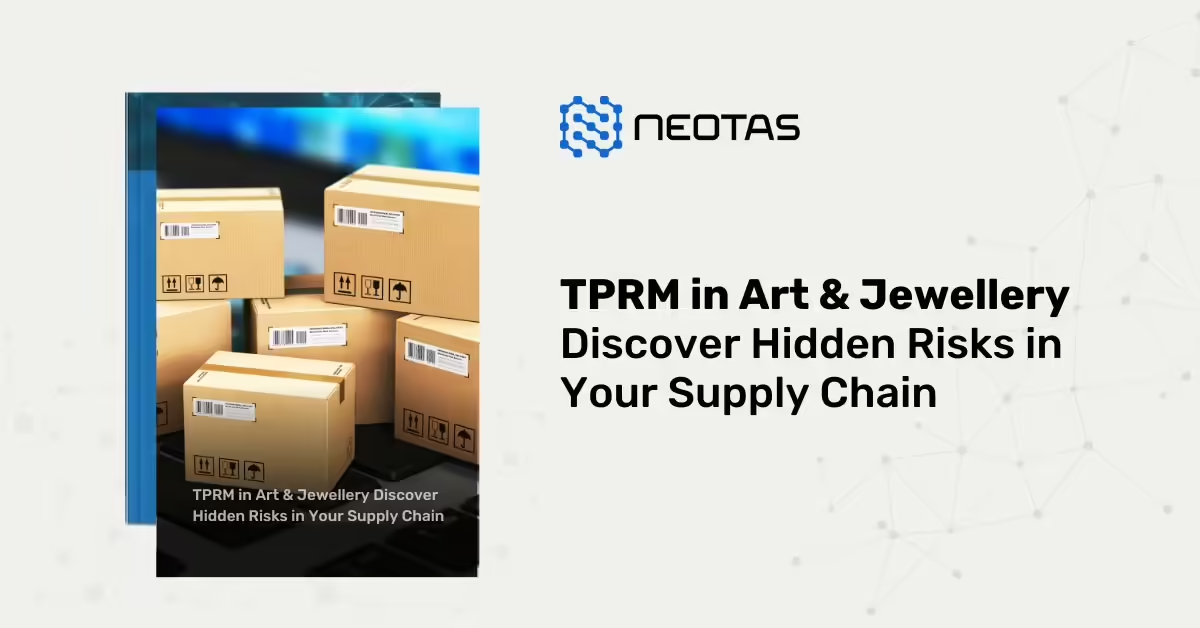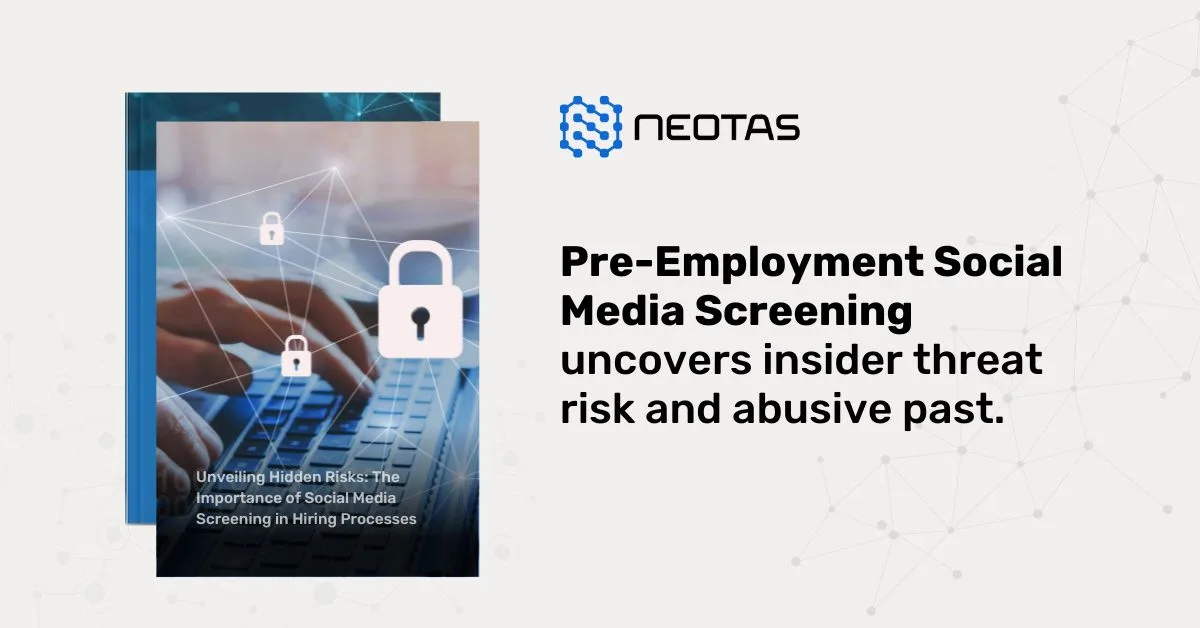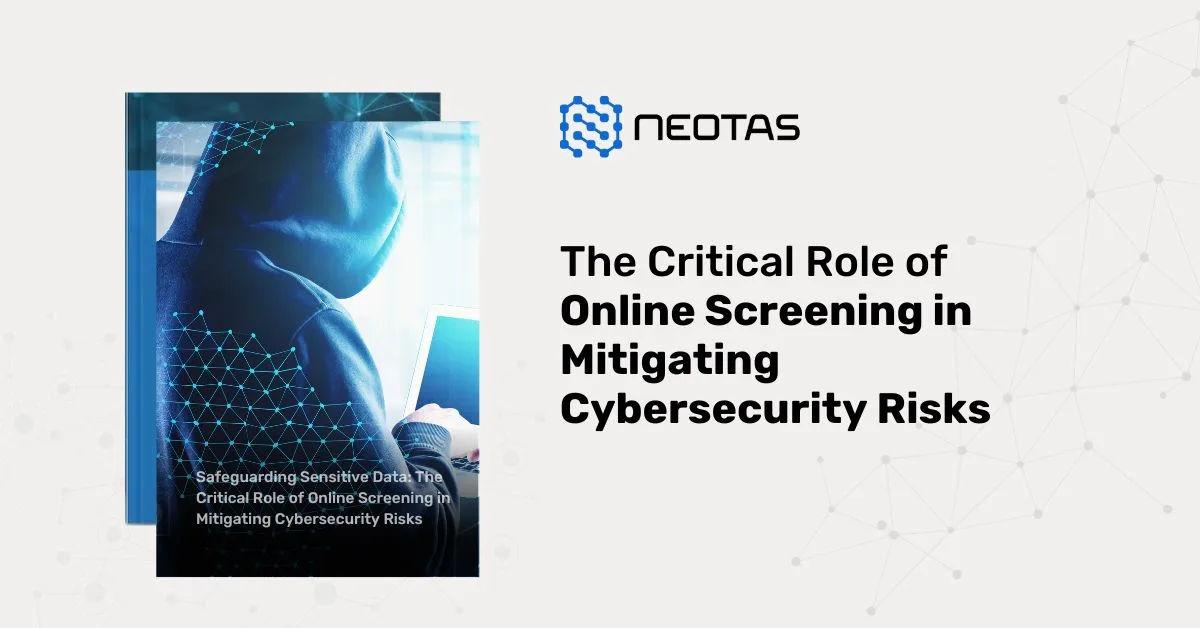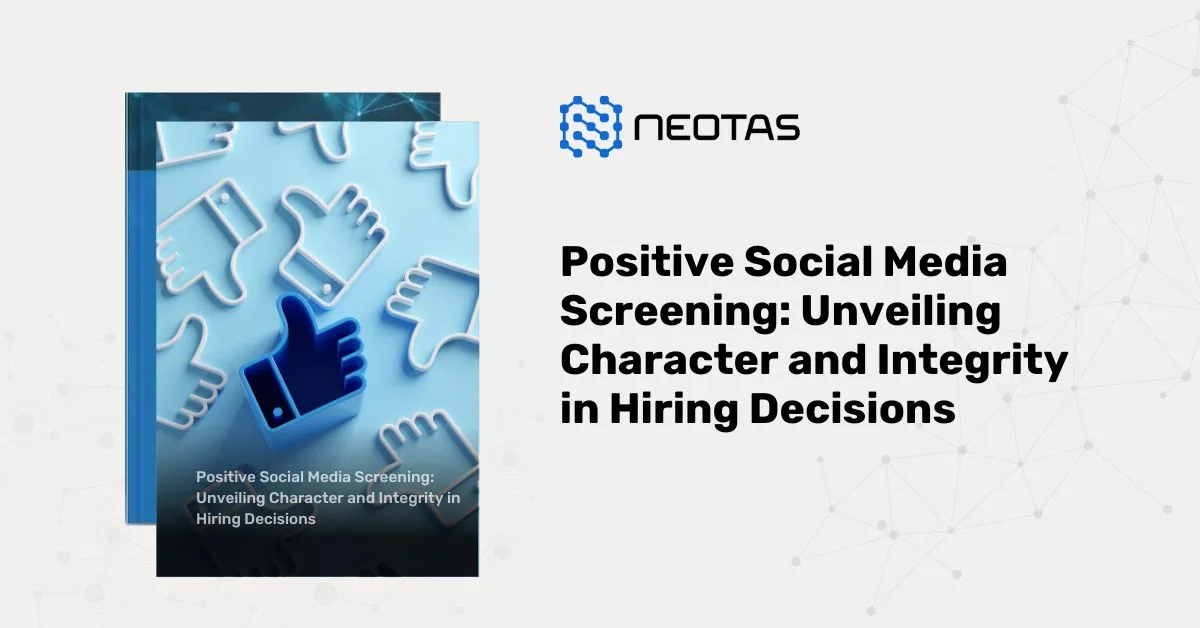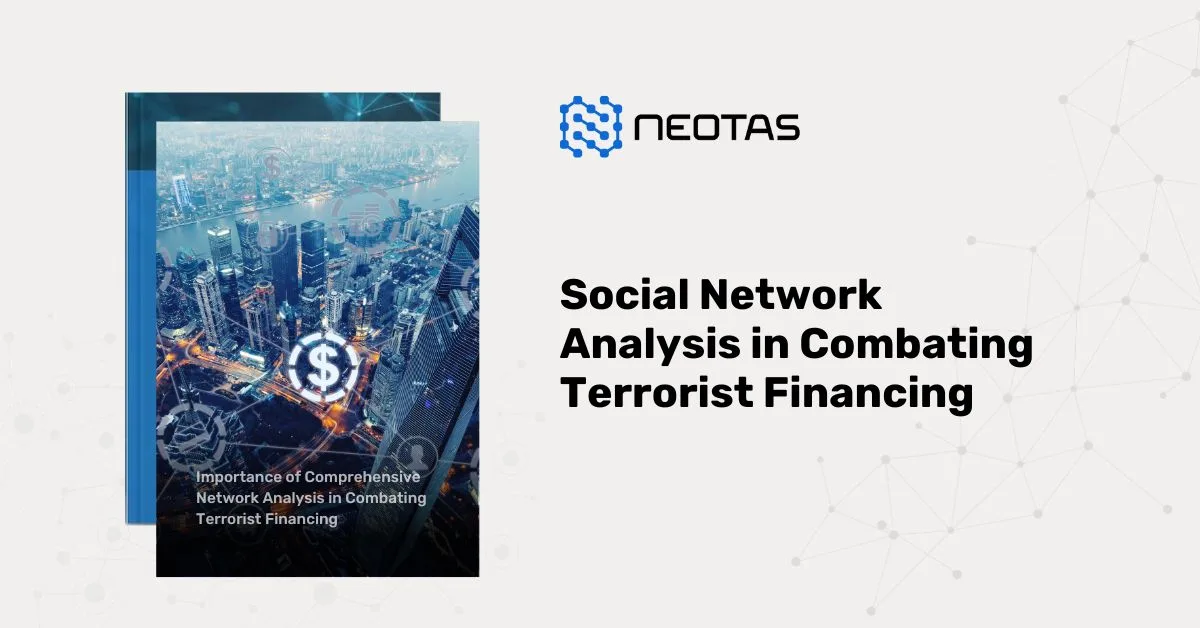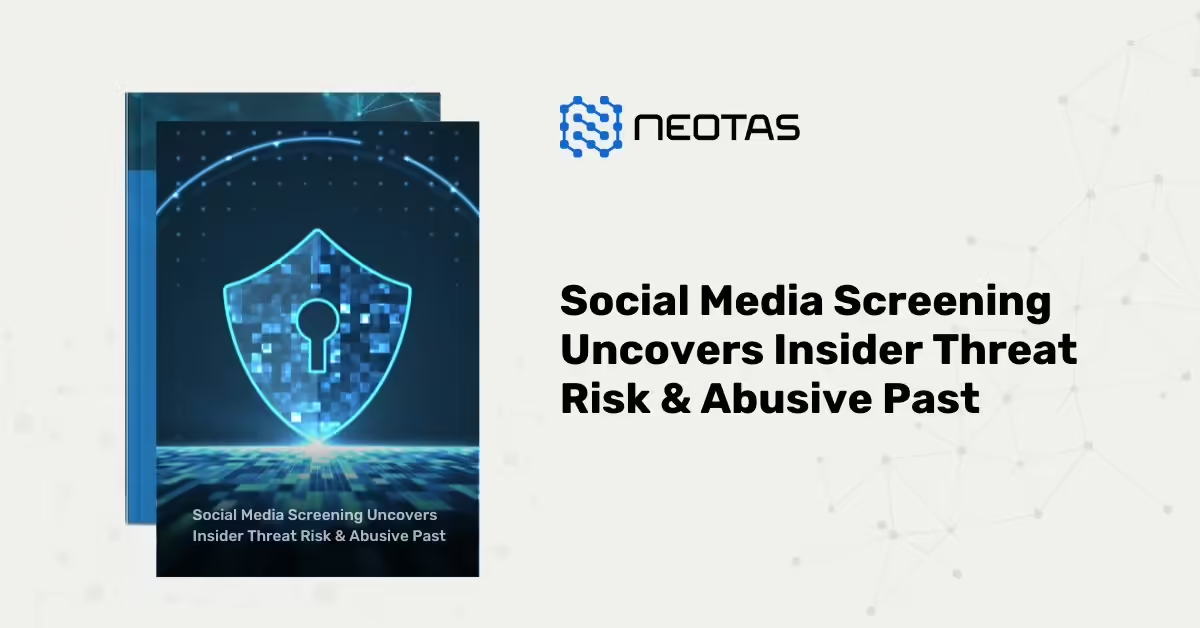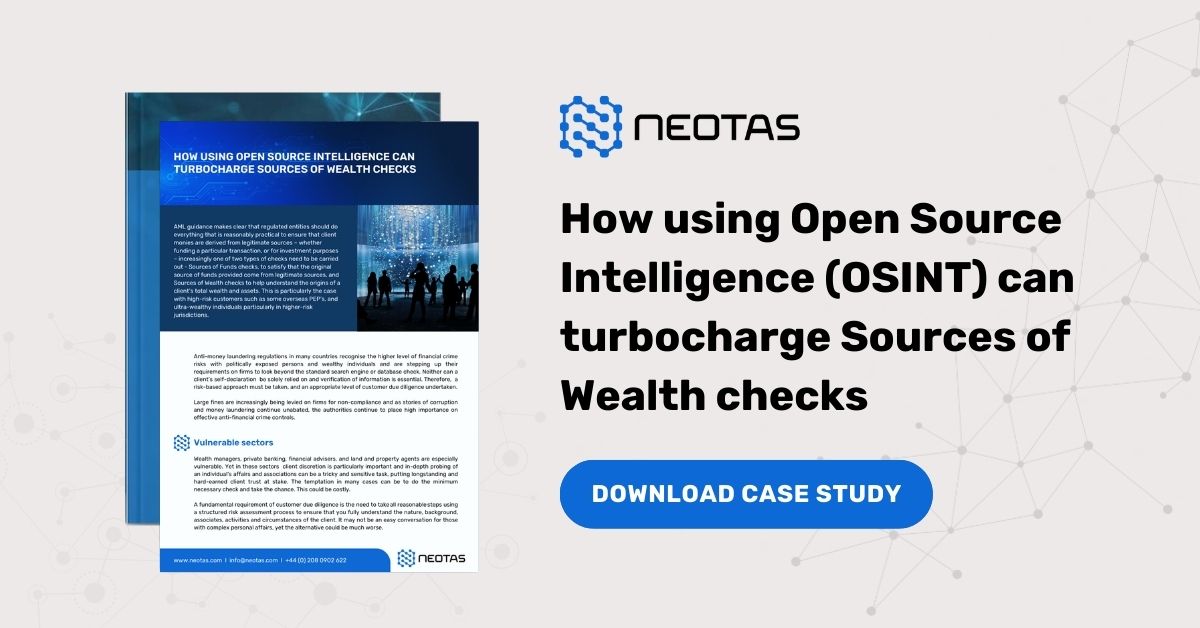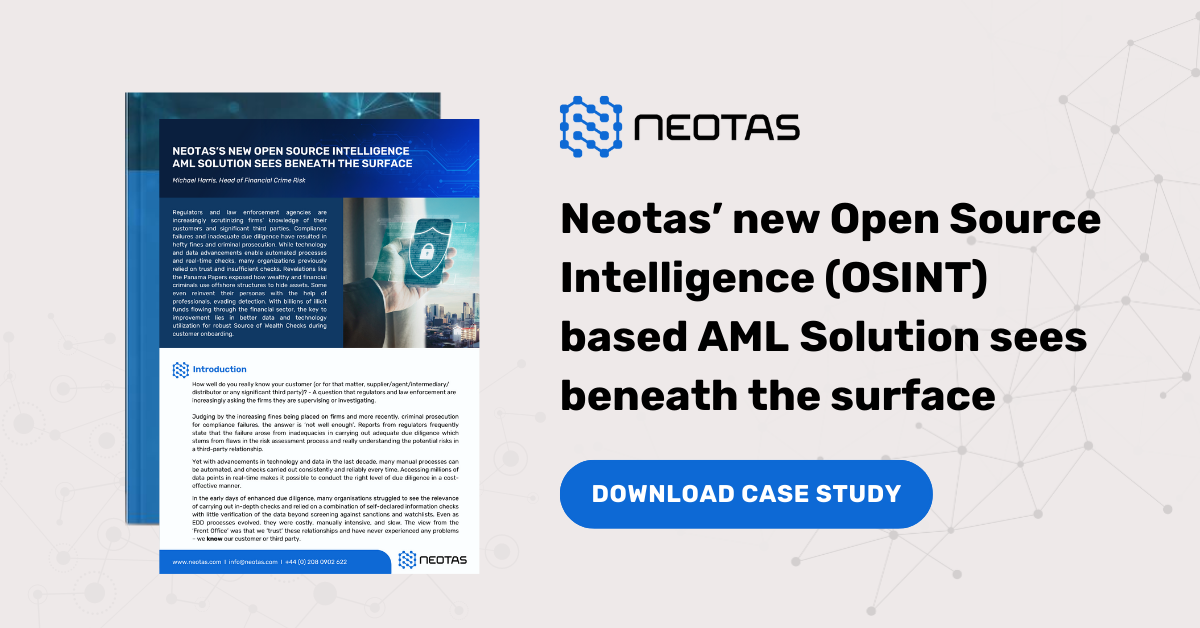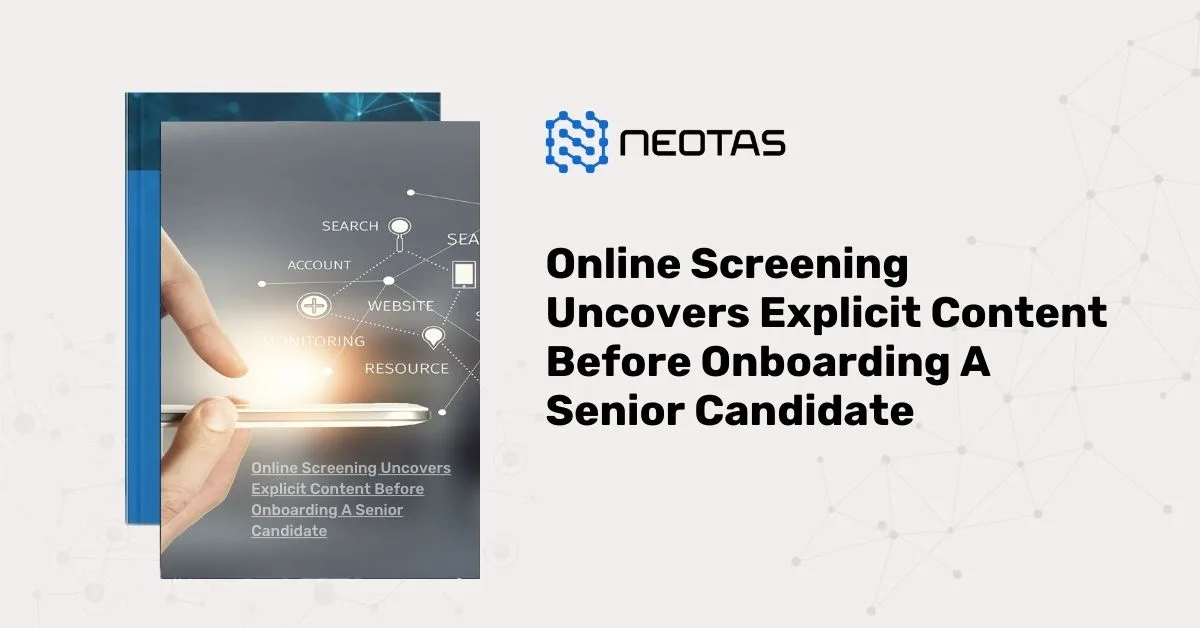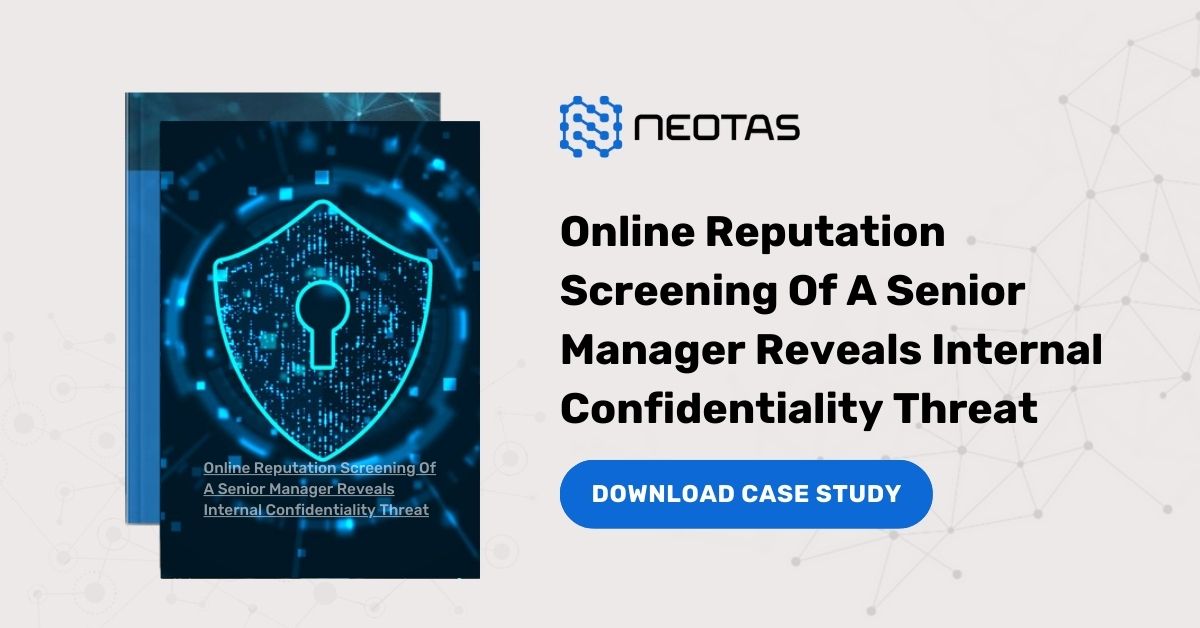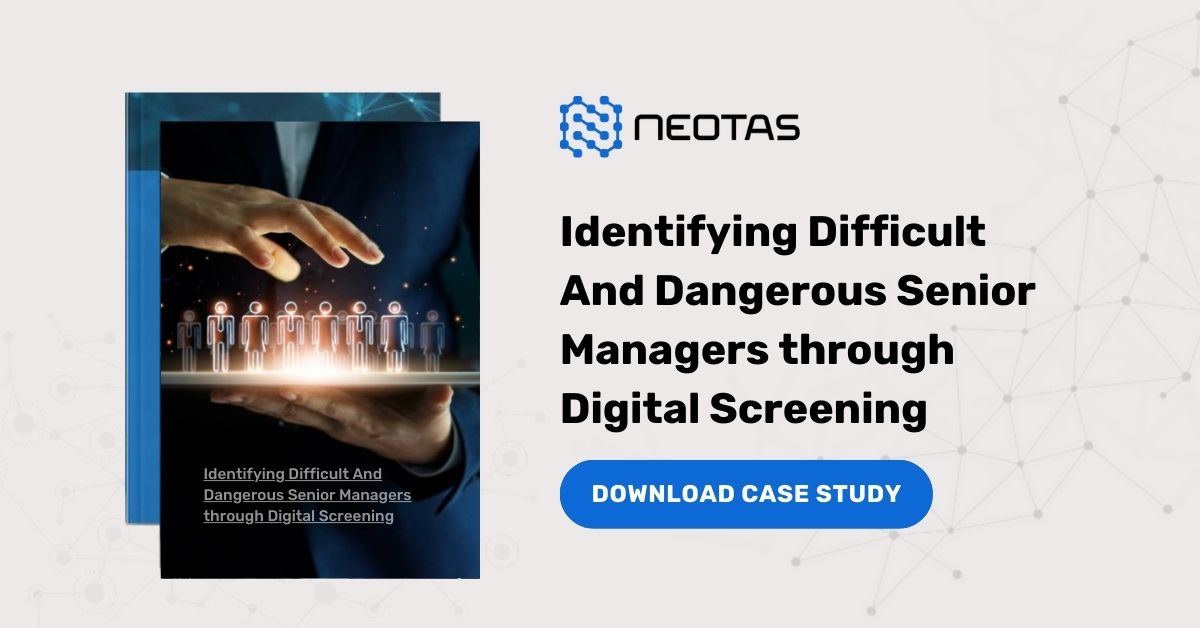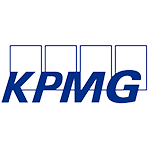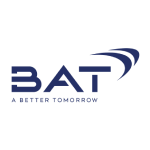MLRO Meaning – What does MLRO stands for?
The Money Laundering Reporting Officer (MLRO) is a pivotal role within financial institutions and other regulated entities that are obligated to maintain robust anti-money laundering (AML) frameworks. This position is not merely a regulatory requirement but a cornerstone of an organisation’s defence against financial crime.
Roles and Responsibilities of an MLRO
The MLRO is responsible for:
- Overseeing the organisation’s AML policies
- Ensuring regulatory compliance
- Investigating suspicious activities
- Reporting suspicious transactions to authorities
- Training staff on AML procedures
- Liaising with regulatory bodies
However, the MLRO’s responsibilities are multifaceted and far-reaching such as:
- Policy Development and Implementation: The MLRO is tasked with crafting, implementing, and regularly updating the organisation’s AML policies and procedures. These must align with current legislation, regulatory expectations, and industry best practices.
- Risk Assessment and Management: Conducting thorough money laundering and terrorist financing risk assessments is a critical function. The MLRO must identify, analyse, and mitigate risks specific to the organisation’s products, services, customers, and geographical exposure.
- Suspicious Activity Monitoring and Reporting: The MLRO oversees the monitoring of transactions and customer behaviour for suspicious activities. They are responsible for reviewing internal reports of suspicious activity and determining whether these warrant submission of a Suspicious Activity Report (SAR) to the National Crime Agency (NCA) or relevant authority.
- Regulatory Liaison: Acting as the primary point of contact for regulatory bodies such as the Financial Conduct Authority (FCA) in the UK, the MLRO must maintain open lines of communication and ensure timely responses to regulatory enquiries or examinations.
- Training and Awareness: Developing and delivering comprehensive AML training programmes for staff at all levels is crucial. The MLRO must ensure that employees understand their AML obligations and can effectively identify and report suspicious activities.
- Compliance Oversight: The MLRO is responsible for monitoring the organisation’s adherence to AML regulations and internal policies. This includes conducting regular audits and compliance checks.
- Technology and Systems Management: With the increasing importance of technology in AML efforts, the MLRO must stay abreast of technological advancements and ensure that the organisation’s AML systems and tools are effective and up-to-date.
- Reporting to Senior Management: Regular reporting to the board of directors or senior management on AML matters, including risk assessments, compliance issues, and emerging threats, is a key aspect of the role.
- Customer Due Diligence (CDD) and Enhanced Due Diligence (EDD): Overseeing the organisation’s CDD and EDD processes, ensuring they are robust enough to identify high-risk customers and politically exposed persons (PEPs).
- Sanctions Compliance: Ensuring the organisation complies with relevant sanctions regimes, including screening customers and transactions against sanctions lists.
The MLRO role requires a unique blend of skills, including in-depth knowledge of AML legislation and regulations, strong analytical capabilities, excellent communication skills, and the ability to make difficult decisions under pressure. The position often demands a legal or compliance background, coupled with significant experience in the financial services sector.
In recent years, the MLRO’s remit has expanded to encompass broader financial crime prevention, including fraud, bribery, and corruption. This evolution reflects the growing complexity of financial crime and the interconnected nature of various illicit activities.
The significance of the MLRO role cannot be overstated. In an era of increasingly sophisticated financial crimes and heightened regulatory scrutiny, the MLRO serves as a crucial line of defence, protecting not only the organisation but also the integrity of the broader financial system.
About Neotas Due Diligence
Neotas Platform covers 600Bn+ archived web pages, 1.8Bn+ court records, 198M+ corporate records, global social media platforms, and 40,000+ Media sources from over 100 countries to help you build a comprehensive picture of the team. It’s a world-first, searching beyond Google. Neotas’ diligence uncovers illicit activities, reducing financial and reputational risk.
AML Solutions:
- Risk-Based Approach (RBA) to AML & KYC risk management
- Anti-Money Laundering (AML) Compliance
- Anti-Money Laundering (AML) Checks
- Anti-Money Laundering (AML) Regulations
- Anti-Money Laundering (AML) Compliance Checklist
- Anti-Money Laundering (AML) Compliance Checklist for Banks
- Anti-Money Laundering (AML) Transaction Monitoring
- Money Laundering Reporting Officer (MLRO) – Roles and Responsibilities of an MLRO
- What is Customer Due Diligence in Banking and Financial Services?
Due Diligence Solutions:
- Enhanced Due Diligence
- Management Due Diligence
- Customer Due Diligence
- Simplified Due Diligence
- Third Party Risk Management
- Open Source Intelligence (OSINT)
- Customer Due Diligence Requirements
- Introducing the Neotas Enhanced Due Diligence Platform
Due Diligence Case Studies:
- Case Study: OSINT for EDD & AML Compliance
- Overcoming EDD Challenges on High Risk Customers
- Neotas Open Source Intelligence (OSINT) based AML Solution sees beneath the surface
- ESG Risks Uncovered In Investigation For Global Private Equity Firm
- Management Due Diligence Reveals Abusive CEO
- Ongoing Monitoring Protects Credit Against Subsidiary Threat
- AML Compliance and Fraud Detection – How to Spot a Money Launderer and Prevent It
- What is Customer Due Diligence in Banking and Financial Services?

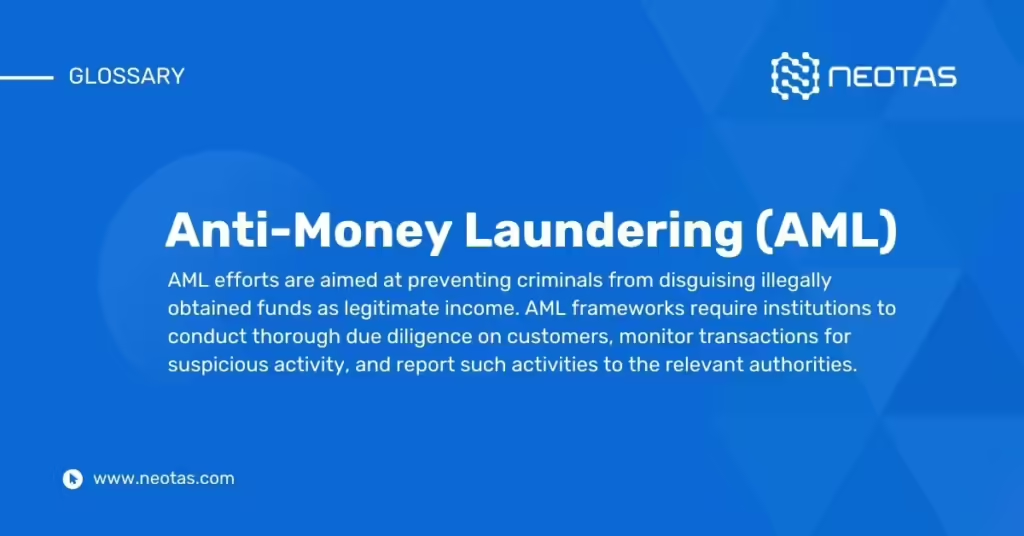

 Financial Crime Compliance Trends 2024
Financial Crime Compliance Trends 2024